 “Palermo Christian Church, Inc., Palermo Christian Church, Inc.” The lawyer who helped fill out the papers for incorporation emphasized the word “Inc.” every time he came to that word. As he did the legal work, we wonder what went through his mind?
“Palermo Christian Church, Inc., Palermo Christian Church, Inc.” The lawyer who helped fill out the papers for incorporation emphasized the word “Inc.” every time he came to that word. As he did the legal work, we wonder what went through his mind?
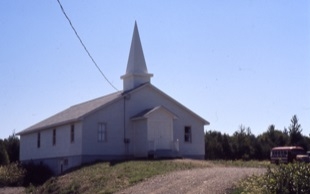
Palermo Christian Church.
The early people:
As a Belfast lawyer he wouldn’t know the past history of God working in Palermo. He had never heard William Overlock, a minister from Washington, preach revival services at the old school house on the Valley Road where Grace Blanchard taught Sunday School. He didn’t know of the efforts of Annie Tibbets or Elina Turner in establishing a Sunday School at the old school house in East Palermo. If he traveled Old Route 3 he might have seen the Second Baptist Church at Greely Corner or the Branch Mills Union Church, but he may not have known what went on inside the four walls of these two churches, nor would he have known of the ministries carried on inside the First Baptist Church, the Methodist Church or the North Palermo Baptist Fellowship.
We wonder what he would have thought of the impact of student pastors such as Rev. English, Rev. Felts or Wally Bradley from Gordon College. He would not know of the support the community received from people in other communities. Rev. Talcott, a native of Connecticut, visited Lake St. George and preached in town during the summer. George Duff drove over from Morrill and Horace Moffatt from Belfast to fill vacant pulpits. He would not have known of the people who helped shape the spiritual values of people in our community; people like Harold Nutter, Carl and Eleanor Howes, Elmer Hellmout, Howard Hutchings, Barbara Rozell, George Davis, Winifred Reynolds, Eric Wiggin and others.
Another church in town?
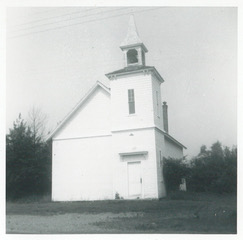
North Palermo Church.
He may have wondered if a small community like Palermo needed another church. The attendance at the existing churches was very low and another church would not seem practical. The first twelve charter members could have answered that question for him. Their initial purpose was not to compete with the other churches, but to consolidate the believers into one church. They were not interested in starting a fourth church, but of making the three churches into one. As all the existing churches were small in number and all held similar doctrinal beliefs, it seemed prudent to work together rather than apart. It was unfortunate that in the first years of the church, there were no church buildings adequate to meet the physical needs of the growing congregation. In North Palermo, for example, about 75 Sunday School students were crowded into four classes, one of which met in the Ladies Aid House and three others which studied in separate corners of the small sanctuary. All the church buildings had an adequate sanctuary, but lacked Sunday School space, running water and modern toilet facilities. When one factors in the historical significance of the buildings and legal questions that arose at that time, it was obvious to this group of people that a new building was needed.
The Building:
One could see the hand of God working in those early years. The Rossie Construction Company leased the land that the Palermo Christian Church now sits on from Steve and Ann Childs. They brought in fill and gravel to make a parking lot for their big trucks. The vacant lot, including the ready-made parking lot, were donated to the church by the Childs in 1969. The early years were a time of great sacrifice for many. After borrowing $12,000 to start the building and another $3000 to finish it, people went to work. Herbert Dyer supervised the construction and families gave up weeknights and weekends to work on the building. The community pitched in to help. Boy Scout Troup 222 under the supervision of Kenneth Priest, Sr., used six scouts working a total of 39 hours to fiberglass the steeple. On December 6th, 1970 George Duff and Charles Cousens spoke at the dedication service for the new building.
In the late 1970s the youth groups had grown to include between 70 and 80 young people. Palermo had no recreational facilities at that time, so the church voted to build a gymnasium and expand the sanctuary at the same time. Royce Dyer supervised the many workers and on July 20th, 1980, Lt. Col. Jack McGuckin spoke at the dedication of the gym.
In 1996 the church started work on an addition, which includes wood storage, nursery space, a kitchen, bathrooms and space for extra classrooms. The nursery space was finished, dedicated and put to use in September of 1997 providing much improved conditions for the small children who utilize this space. The new kitchen was put to use in the spring of 1998, becoming a well-used tool for times of fellowship and reaching family and friends for Christ. The bathrooms were completed in 1999. The “Upper Room” was completed in 2001 and the Senior High Youth Group promptly took ownership of the space, which is large enough for a good crowd of teens.
2001 was also the year for Palermo Christian Church to receive a new steeple. This project was directed by Neal Pottle who had the vision of a service project for the fifth- and sixth-grade Sunday School class. From July through November the class under Neal’s direction and with many parent volunteers provided the necessary time and effort to see the project to completion. On November 17 the steeple was raised with students and adults working side by side. The physical result of almost 200 hours of prayer, labor and sacrifice is seen atop the church building, pointing to the One who brought it all together.
In 2008 an addition to the gym was begun, adding an improved handicap entrance, three offices, a large classroom as well as more storage. In 2017 construction began on the addition to the front entrance allowing for ease of entrance to the sanctuary, a larger foyer area and improved space for the sound room.
Leadership:
The church has been blessed with Godly leadership over the years. Dale Flynn was the first pastor. He served from May 19, 1968, until August 24, 1968, when he left to teach school in Jacksonville, Florida. The second pastor was Fred Williams. Soon after Dale Flynn left, Fred was asked to serve as interim pastor and fill in when they could not find a pulpit supply. On July 9, 1969, he became the full-time pastor and served until November 22, 1981. Two assistants helped during this time. Dave Jones served as assistant pastor from April 1,1970, until January 14, 1976. Marilyn Spearin, now Marilyn Kibbe, served as music director for several years. Dave Kibbe assisted from September 1978 until November 22, 1981. He then served as interim pastor until the present pastor, Ed Hatch, was inducted on June 20, 1982. He is a graduate of Glen Cove Bible College and has served the church since 1982. In 1995 the church established a board of elders, which presently includes Ed Hatch, Dennis Keller, Ralph Littlefield, Neal Pottle, Buddy Spaulding, Gerald Stillman and Dan Sprague. In 1997 the church voted to hire an administrative assistant and welcomed Susan Williams to the position. Her qualifications and commitment to the church brought a measure of organization to the church office which benefit the whole ministry of the church. In 2001 Sandy Keller was hired to the position following Susan’s resignation. In 2003 the church voted to hire a part-time Youth Pastor. Phil Hubbard came as a graduate of Northland Baptist Bible College in 1995 since serving as Youth Pastor at two other churches. Under his leadership the Youth Ministry has grown using different avenues to attract and challenge the youth while being committed to the presentation of the Gospel and a challenge to grow in Christ.
“INC” is defined by Merriam Webster Dictionary as “united in one body.” Fifty years ago, a few separate groups of believers united to become one body, to form Palermo Christian Church, Inc. What may have seemed on the outside to be only a legal transaction, has become when viewed from the inside, the building of a spiritual body with eternal benefits.
Palermo Christian Church has been blessed and grown over the years. More people each year become involved in the ministries of the church (leading, serving and being served) and more lives are changed as a result. Our goal continues to focus on giving glory to God through worshiping Him, sharing our faith in Christ with others and helping others grow spiritually. May this continue to be our focus until Christ comes again.
The 50th anniversary celebration takes place on Sunday, May 20. They will begin during a special worship service at 9 a.m. with guests speakers and special music. Following the service there will be a chicken BBQ/potluck lunch. There will be photos on display, tours for those who don’t know the building and time to visit and reminisce with people who have had a part in the life of the church, both past and present. There will be a memory book available to take away and hope that all who come will make even more memories to take away in their hearts.
This article originally appeared on Palermo Christian Church’s website.
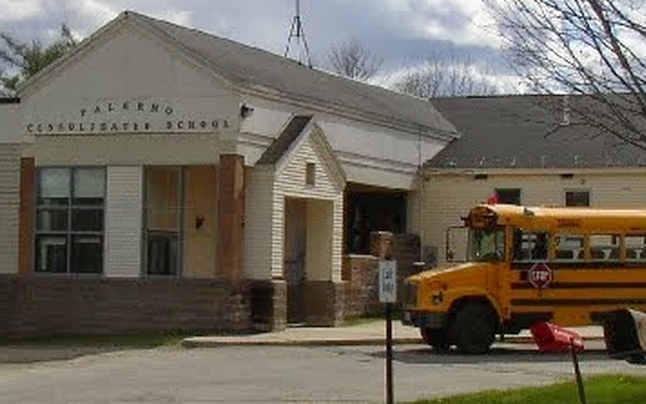 High Honors: Lily Bray, Isabella DeRose, Rachel Huntoon, Sophia Pilotte, Kaden Porter, Lilly Potter, Riley Reitchel, Aidan Tirrell, Lily Vinci, and Hannah York
High Honors: Lily Bray, Isabella DeRose, Rachel Huntoon, Sophia Pilotte, Kaden Porter, Lilly Potter, Riley Reitchel, Aidan Tirrell, Lily Vinci, and Hannah York

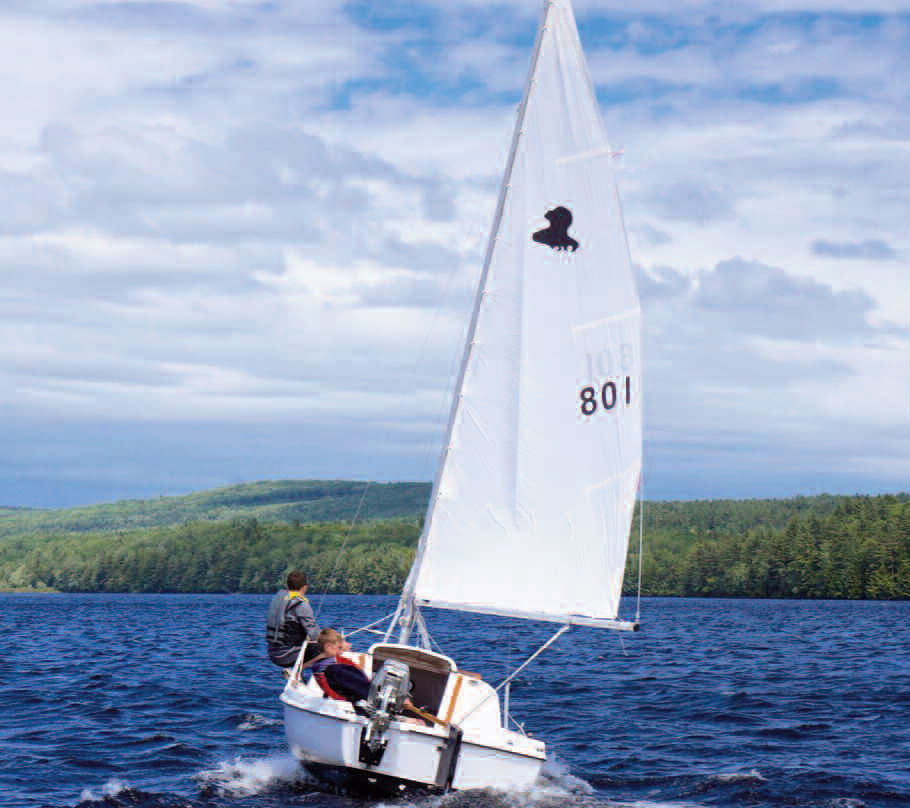
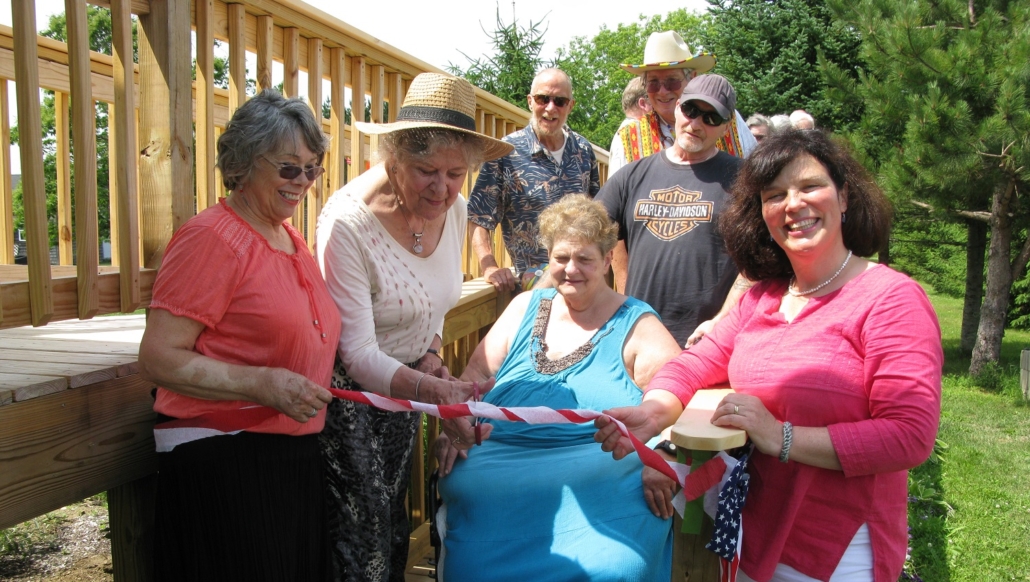
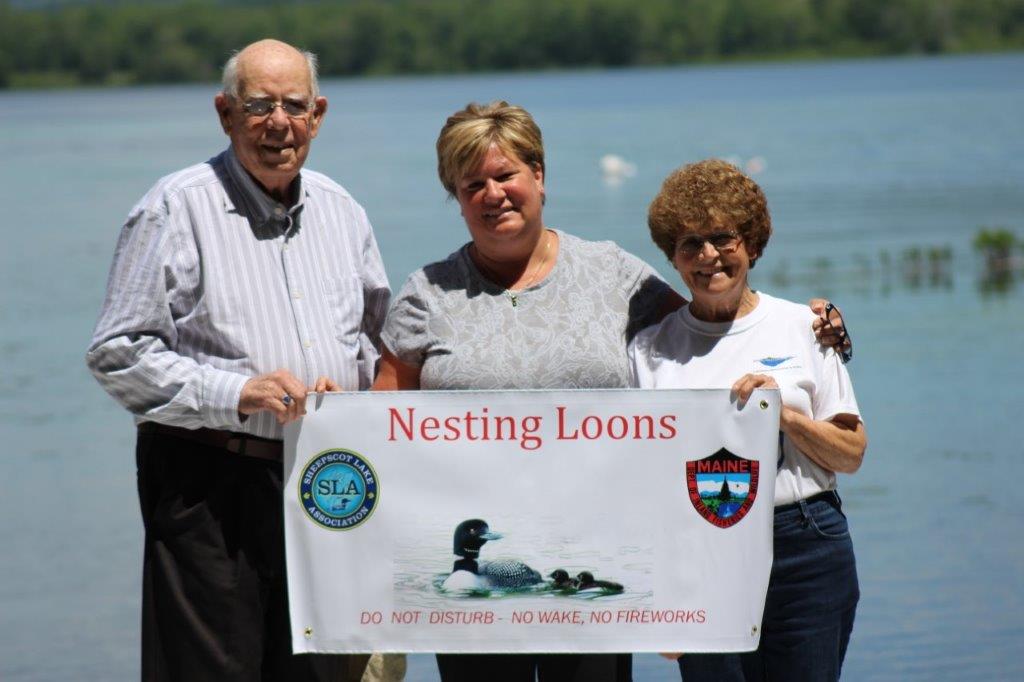

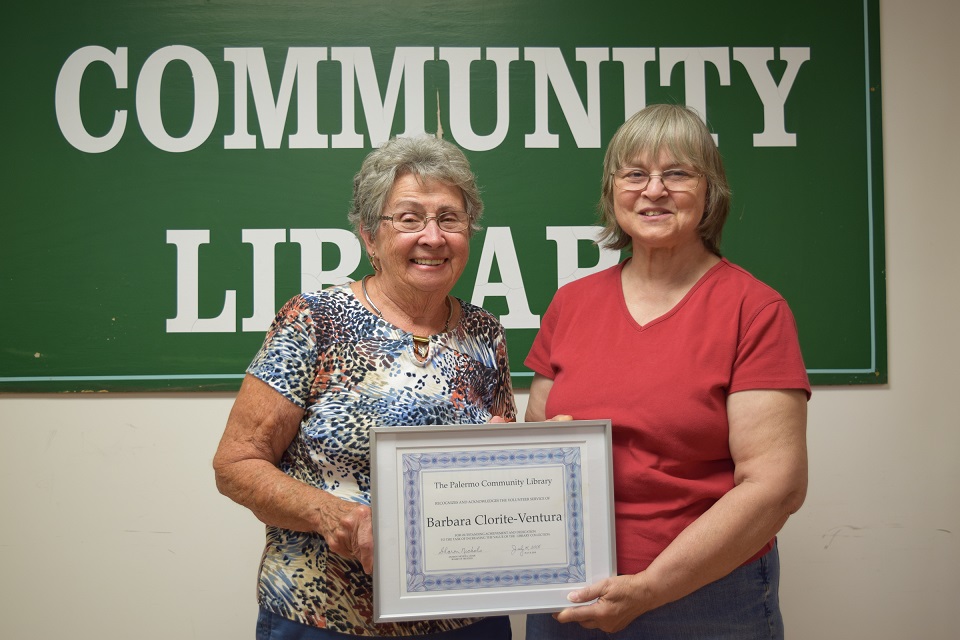

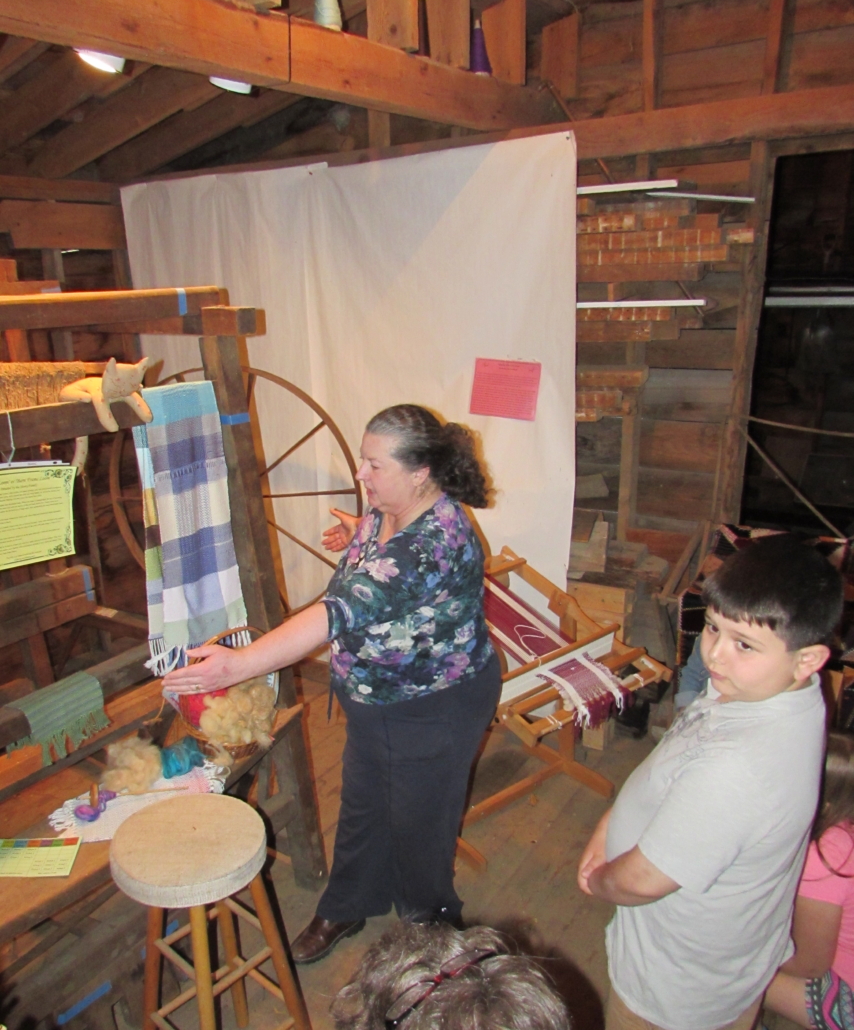
 “Palermo Christian Church, Inc., Palermo Christian Church, Inc.” The lawyer who helped fill out the papers for incorporation emphasized the word “Inc.” every time he came to that word. As he did the legal work, we wonder what went through his mind?
“Palermo Christian Church, Inc., Palermo Christian Church, Inc.” The lawyer who helped fill out the papers for incorporation emphasized the word “Inc.” every time he came to that word. As he did the legal work, we wonder what went through his mind?
